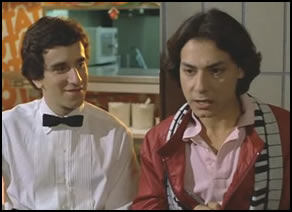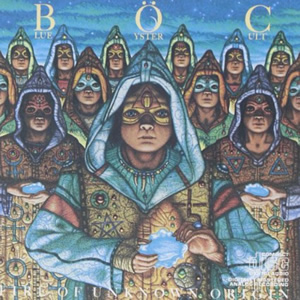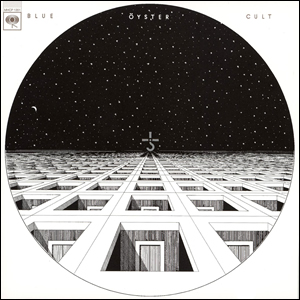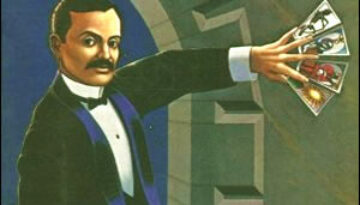Top 9 Rock Festivals
This week Classic Rock Review joins the celebration of the 45th Anniversary of the historic 1969 Woodstock Music Festival. In conjunction with Top 9 Lists, we present a list of the Top 9 […]

This week Classic Rock Review joins the celebration of the 45th Anniversary of the historic 1969 Woodstock Music Festival. In conjunction with Top 9 Lists, we present a list of the Top 9 […]

The movie soundtrack has become a great source for discovering music. Many dramatic scenes are fully augmented by appropriate audio, which in turn drives sales of the songs themselves. It is a nice […]

Buy Fire of Unknown Origin Fire of Unknown Origin was released during an era when Blue Öyster Cult fully embraced their mythical “cult” status amoung hard rock fans, a feature of early eighties […]

Buy Blue Öyster Cult The eponymous debut album by Blue Öyster Cult kicked off the year 1972 as well as the recording career of this Long Island, New York based rock group. Often […]

Buy Agents of Fortune The most commercially successful album of the group’s career, the platinum selling Agents of Fortune is a diverse and interesting (albeit a bit incohesive) album by Blue Oyster Cult. […]